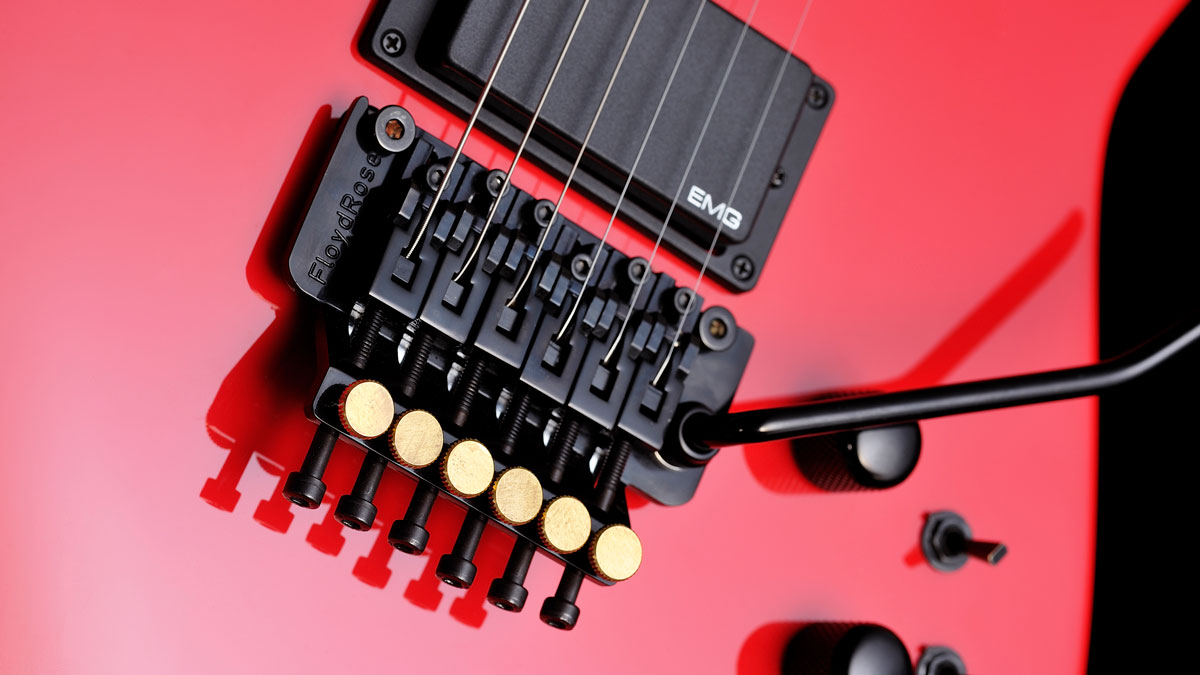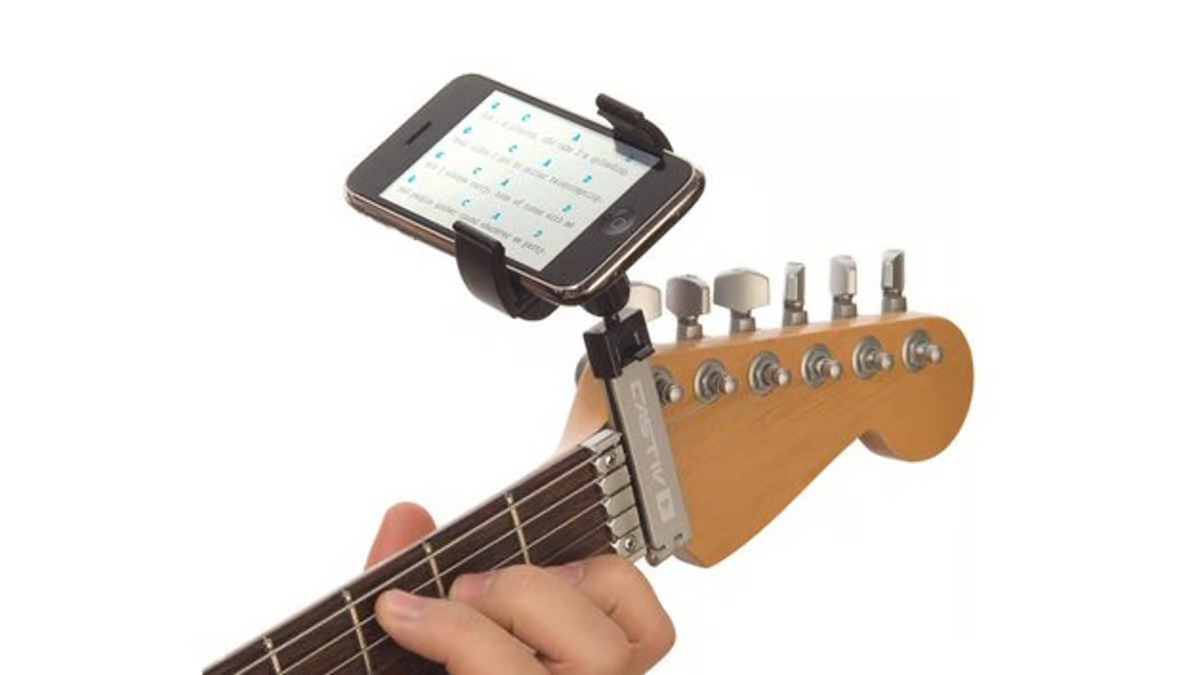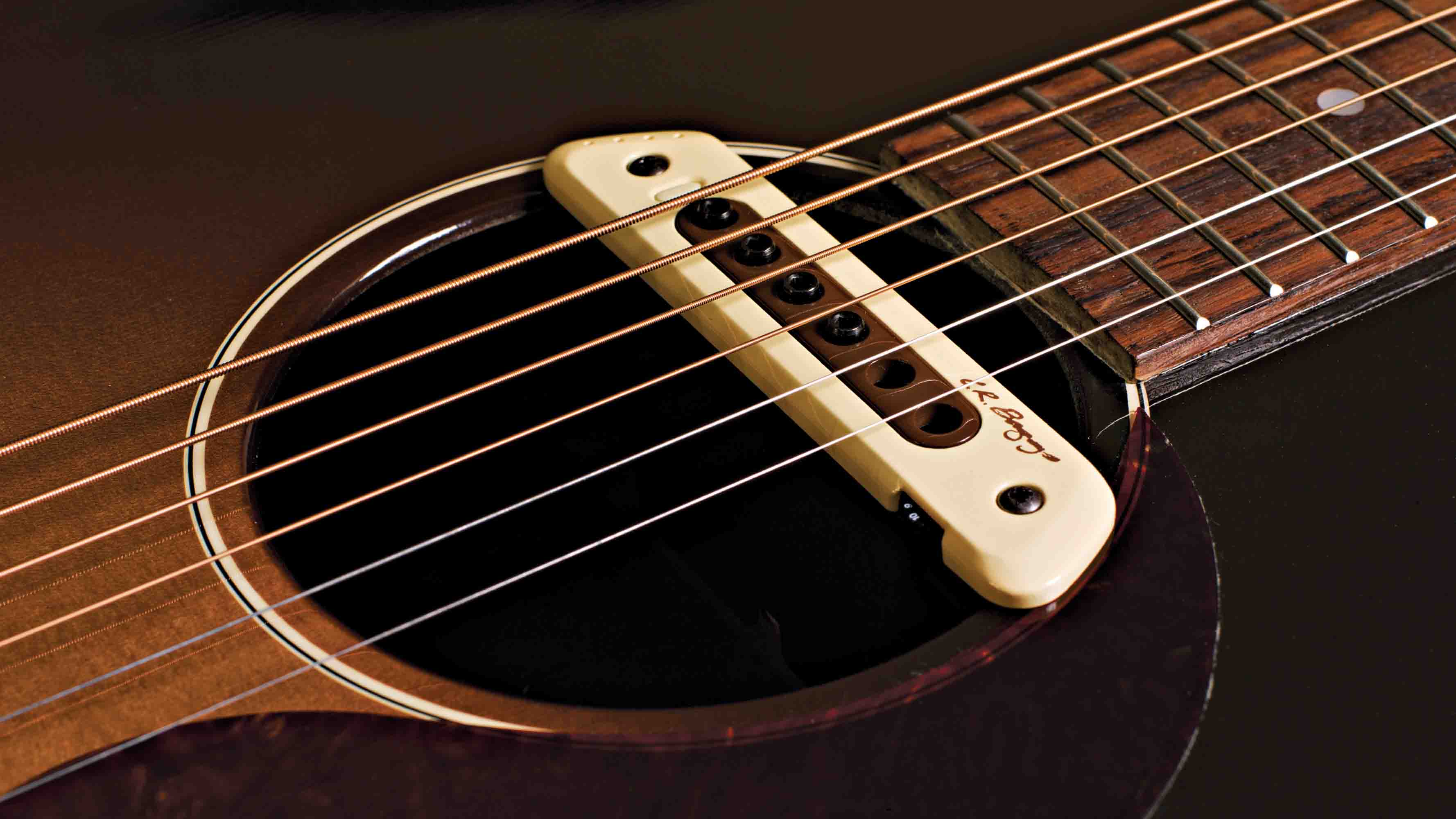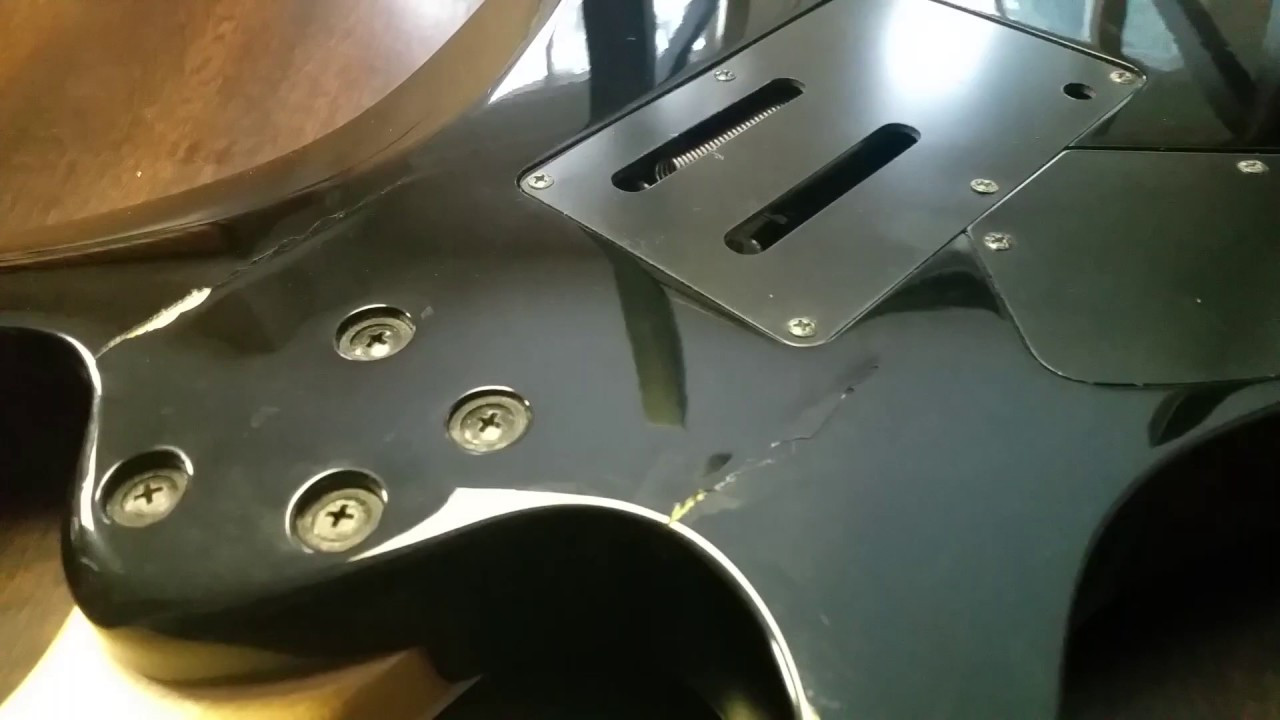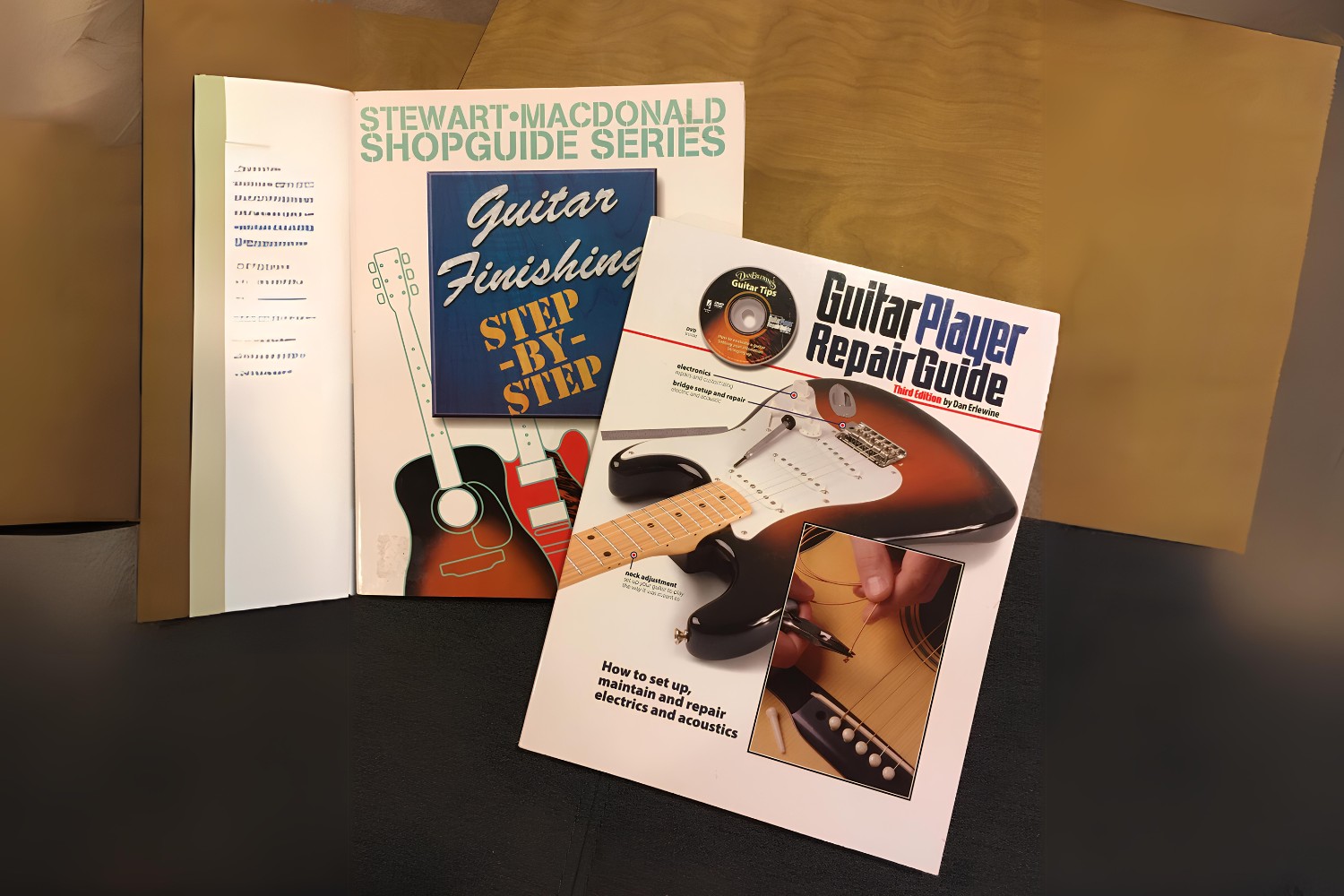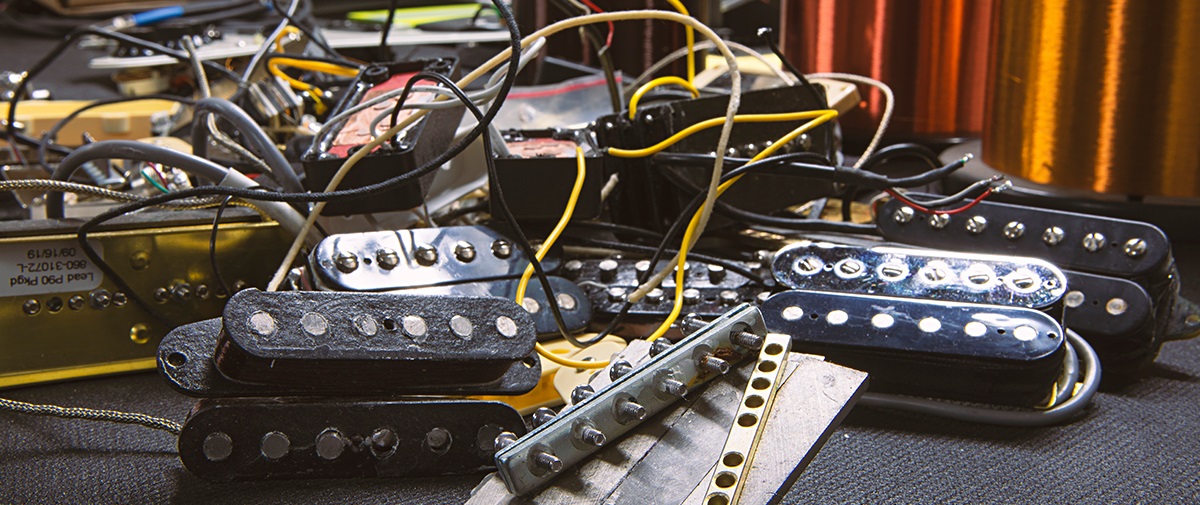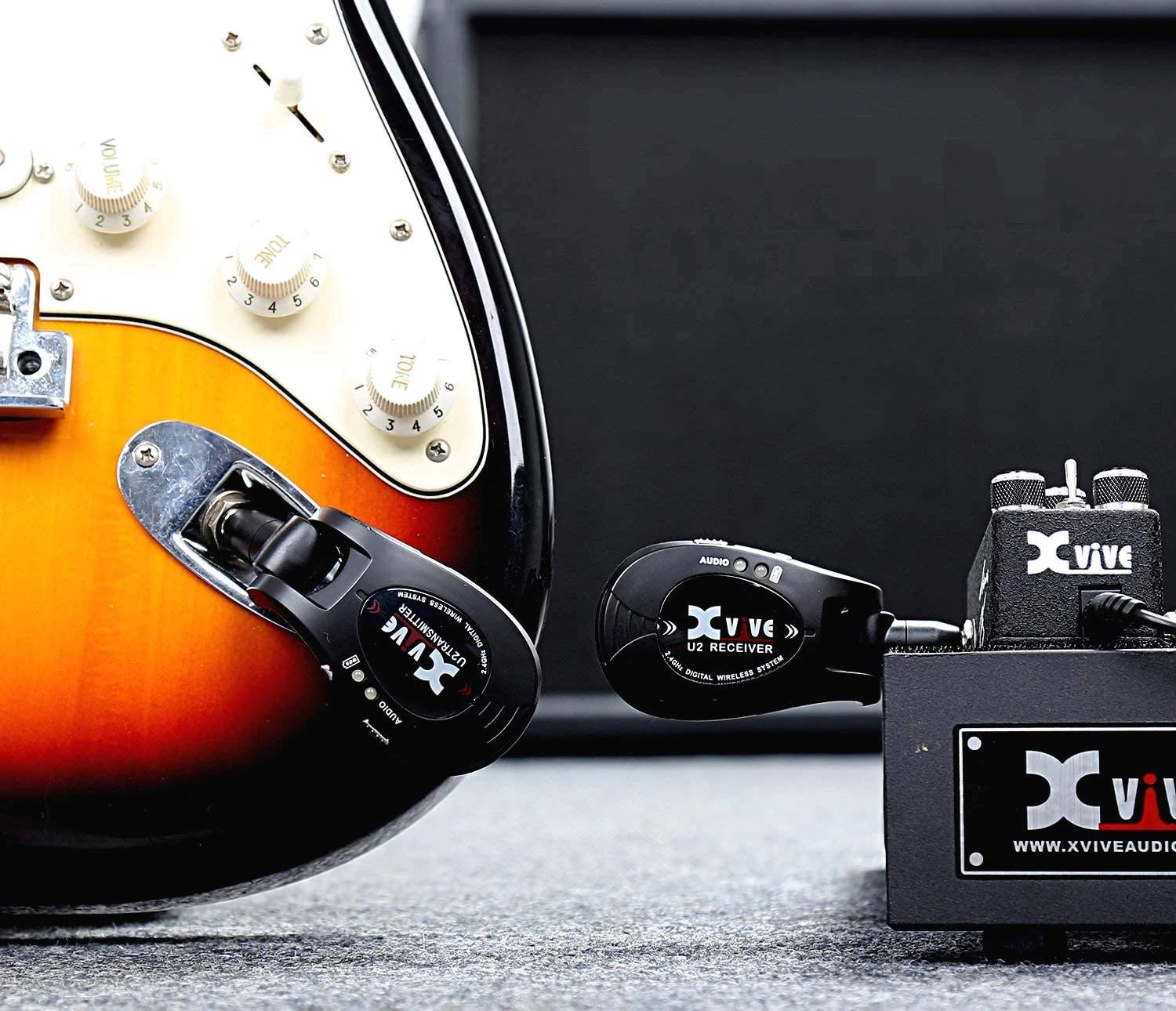Introduction
Electric guitars are renowned for their versatility and the myriad of sounds they can produce. This is made possible by the various components and accessories that make up the instrument. One such component that plays a crucial role in shaping the guitar's sound is the "stick." While it may seem like a small and insignificant part of the guitar, the stick, also known as the tremolo or whammy bar, serves a vital purpose in the realm of electric guitar playing.
The stick is a lever attached to the bridge of the electric guitar, and its primary function is to manipulate the tension of the strings, thereby altering the pitch of the notes produced. This simple yet ingenious mechanism allows guitarists to create unique and expressive sounds that are not achievable through standard fretting techniques alone.
Understanding the purpose and functionality of the stick is essential for any guitarist looking to explore the full potential of their instrument. In this article, we will delve into the intricacies of the stick on an electric guitar, exploring its role in shaping the guitar's sound, the mechanics behind its operation, the different types available, and practical tips for utilizing it effectively. Whether you're a seasoned guitarist or just beginning your musical journey, gaining insight into the stick's capabilities will undoubtedly enhance your understanding and appreciation of the electric guitar's sonic possibilities.
The Purpose of the Stick
The stick on an electric guitar serves a multifaceted purpose, fundamentally altering the instrument’s sound and expanding the guitarist’s sonic repertoire. One of its primary functions is to manipulate the pitch of the notes by altering the tension of the strings. When the stick is depressed or raised, it causes the bridge to pivot, thereby increasing or decreasing the tension of the strings. This, in turn, results in a temporary change in pitch, allowing guitarists to create expressive pitch bends, vibrato, and other dynamic effects that are integral to various music genres, such as rock, blues, and metal.
Besides pitch manipulation, the stick also enables the guitarist to produce subtle nuances in the sound, adding depth and character to their playing. By employing the stick, players can emulate the soaring, emotive sounds of a violin or the gentle warble of a pedal steel guitar, expanding the sonic palette of the electric guitar beyond conventional boundaries.
Furthermore, the stick facilitates the execution of dive bombs and other dramatic pitch fluctuations, a hallmark of many iconic guitar solos. This feature has been instrumental in shaping the signature sounds of legendary guitarists, allowing them to push the sonic boundaries of the instrument and captivate audiences with their expressive performances.
Ultimately, the stick empowers guitarists to infuse their playing with a sense of dynamism and emotion, enabling them to convey a wide range of moods and musical expressions. Its ability to manipulate pitch, add subtle tonal variations, and execute dramatic effects makes it an indispensable tool for any guitarist seeking to explore the full sonic potential of the electric guitar.
How the Stick Works
The stick operates by leveraging the principles of tension and leverage to manipulate the pitch of the guitar strings. When the stick is depressed or raised, it exerts pressure on the bridge, causing it to pivot and alter the tension of the strings. This change in tension results in a temporary change in pitch, allowing the guitarist to produce expressive pitch bends, vibrato, and other dynamic effects.
At a mechanical level, the stick is connected to the bridge of the guitar via a pivot point, allowing it to pivot freely in response to the guitarist’s input. As the stick is manipulated, it imparts force on the bridge, causing it to tilt forward or backward. This action directly affects the tension of the strings, resulting in a shift in pitch that corresponds to the degree of stick movement.
Additionally, the stick’s design incorporates a return spring, which ensures that the bridge and strings return to their original position once the pressure on the stick is released. This mechanism enables seamless pitch modulation, allowing guitarists to execute fluid and controlled pitch variations during their performances.
It’s important to note that the degree of pitch alteration achieved through the stick’s manipulation can be customized based on the player’s preference and the guitar’s setup. Some guitarists may prefer a subtle, nuanced vibrato effect, while others may opt for more pronounced and dramatic pitch bends. The stick’s responsiveness to the guitarist’s touch and the range of pitch modulation it offers make it a versatile tool for shaping the expressive qualities of the electric guitar.
Different Types of Sticks
There are several variations of sticks available, each designed to cater to different playing styles and sonic preferences. Understanding the characteristics of these different types can help guitarists make informed choices based on their musical needs and performance requirements.
1. Standard Tremolo Bar:
The standard tremolo bar, also known as the whammy bar, is the most common type of stick found on electric guitars. It is typically attached to the bridge of the guitar and can be manipulated to produce pitch bends, vibrato, and other dynamic effects. This type of stick is versatile and well-suited for a wide range of musical genres, making it a popular choice among guitarists.
2. Floyd Rose Tremolo System:
The Floyd Rose tremolo system is renowned for its stability and precision in maintaining tuning, even during aggressive tremolo use. It features a locking nut that enhances tuning stability, making it a preferred choice for guitarists who incorporate extensive whammy bar techniques into their playing. The Floyd Rose system offers increased control and reliability, particularly for intricate pitch modulation and dive bomb effects.
3. Bigsby Vibrato Tailpiece:
The Bigsby vibrato tailpiece is a distinctive type of stick that is affixed to the guitar’s body rather than the bridge. It imparts a smooth, subtle vibrato effect and is favored for its vintage aesthetic and characteristic sound. The Bigsby is commonly associated with classic rockabilly, country, and jazz styles, adding a touch of nostalgia and warmth to the guitar’s tonal palette.
4. Hipshot Tremsetter:
The Hipshot Tremsetter is a unique device designed to maintain tuning stability when using the tremolo system. It minimizes the impact of string friction and tension changes, ensuring that the guitar remains in tune even during aggressive tremolo techniques. This type of stick is particularly beneficial for guitarists who demand precise tuning stability while incorporating expressive tremolo effects into their playing.
By exploring the various types of sticks available, guitarists can select the option that best aligns with their playing style, tonal preferences, and performance requirements. Each type offers distinct advantages and characteristics, allowing players to tailor their instrument’s capabilities to suit their artistic vision and musical expression.
Tips for Using the Stick
Mastering the art of utilizing the stick on an electric guitar requires a combination of technique, control, and musical intuition. Whether you’re a novice or seasoned guitarist, these tips can enhance your proficiency in incorporating the stick into your playing:
1. Practice Control and Precision:
Developing precise control over the stick is essential for executing smooth and expressive pitch bends and vibrato. Practice applying subtle pressure to the stick to produce nuanced pitch variations, and gradually increase the intensity to achieve more pronounced effects. Focus on maintaining consistent control to ensure that the pitch modulation aligns with your musical intentions.
2. Experiment with Vibrato Techniques:
Explore different vibrato techniques using the stick to add expressive nuances to your playing. Experiment with varying the speed and depth of the vibrato, and observe how it influences the emotional impact of your performance. Vibrato adds depth and character to sustained notes, allowing you to infuse your playing with a sense of warmth and emotion.
3. Integrate Whammy Bar Techniques:
For guitarists using a standard tremolo bar or Floyd Rose system, mastering whammy bar techniques can unlock a world of creative possibilities. Experiment with dive bombs, squeals, and exaggerated pitch bends to create dramatic and attention-grabbing effects. Incorporating these techniques judiciously can elevate the intensity and excitement of your guitar solos and performances.
4. Fine-Tune Your Guitar’s Setup:
Optimizing your guitar’s setup, including string gauge, bridge tension, and tremolo system adjustments, can significantly impact the stick’s responsiveness and performance. Consult with a professional luthier or guitar technician to ensure that your instrument is properly configured to accommodate your playing style and the specific requirements of the stick.
5. Embrace Artistic Expression:
Approach the stick as a tool for artistic expression, allowing it to shape the emotional and tonal qualities of your playing. Embrace experimentation and creativity, using the stick to convey a wide range of musical moods, from subtle and introspective to bold and exhilarating. Cultivate a deep connection with your instrument, leveraging the stick to articulate your musical narrative with authenticity and passion.
By incorporating these tips into your practice routine and performances, you can harness the full potential of the stick, elevating your guitar playing to new heights of expressiveness and creativity.
Conclusion
The stick on an electric guitar is far more than a mere accessory; it is a gateway to a world of sonic exploration and expressive possibilities. By understanding the purpose, mechanics, and variations of the stick, guitarists can unlock a myriad of creative techniques and infuse their playing with dynamic and emotive qualities.
From its ability to manipulate pitch and produce subtle tonal variations to its capacity for executing dramatic effects, the stick empowers guitarists to convey a diverse range of musical expressions. Whether it’s the gentle shimmer of vibrato, the soaring heights of pitch bends, or the explosive energy of dive bombs, the stick serves as a conduit for articulating emotion and intensity through the electric guitar.
Furthermore, the diverse types of sticks available cater to a spectrum of playing styles and musical genres, offering guitarists the flexibility to tailor their instrument to their artistic vision. Whether seeking stability and precision with a Floyd Rose system or embracing vintage warmth with a Bigsby vibrato tailpiece, the variety of sticks allows players to sculpt their sonic identity with precision and authenticity.
Ultimately, the stick is a tool for artistic expression, inviting guitarists to imbue their playing with a sense of individuality and creativity. By honing their control, experimenting with techniques, and embracing the emotive potential of the stick, guitarists can elevate their performances to captivating and immersive heights, captivating audiences and fellow musicians alike.
As guitarists continue to explore the sonic landscapes made possible by the stick, they embark on a journey of discovery and innovation, redefining the boundaries of what the electric guitar can achieve. With each expressive bend and evocative vibrato, the stick becomes a conduit for the guitarist’s musical narrative, enriching the tapestry of sound and emotion that defines the art of electric guitar playing.







